If we overlooked the transportive power of the digital age before, we’re surely not doing so now. Stuck at home but armed with a Wi-Fi connection, we are still able to do a lot of virtual tours, even if it involves a lot more clicking than actual walking.
The pandemic has shuttered tourism as we know it and, for wine, that means no cruises on famous European rivers, no saunters through iconic vineyards, no dusty cellar tours curated by seventh-generation vintners. Fret not, though, we can still enjoy some of these internationally lauded wineries and growing areas, from the comfort of the sofa in little more than underpants and a five o’clock shadow.
Related Guides
Google Earth can launch you directly to some of the most coveted and hallowed terrain in all of wine. From chateaus in France to cutting-edge wineries in South America, wine tours still very much exist by way of the web. And it turns out you can still take that river cruise — or, some version thereof anyway.
Here are some of our favorite wineries and regions to tour via Google Earth:
Opus One
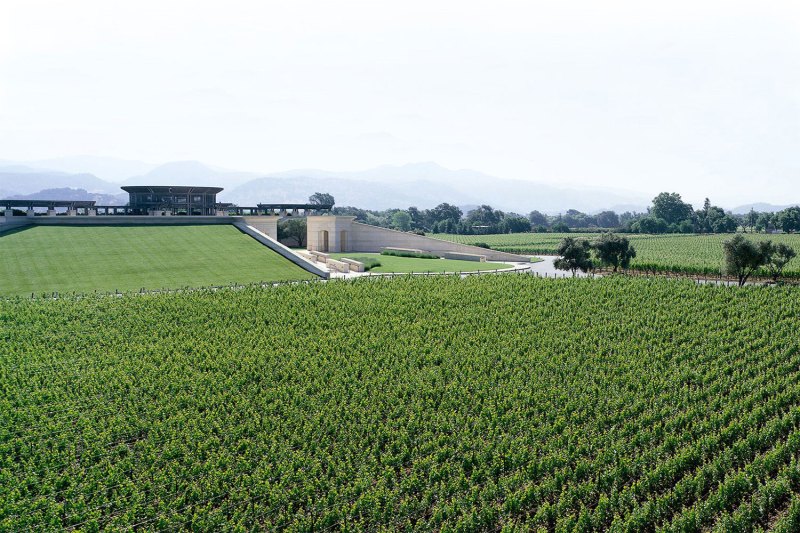
It’s impossible not to include lauded California estate Opus One. The folks behind Screaming Eagle have, as you might imagine, a pretty impressive Napa Valley setting. It’s fun to hover above the vines, knowing that some of that fruit will go on to fetch four figures in a single bottle. Better yet, you can take in the 360-degree views from the rather modern observation deck at the Oakville headquarters.
The Douro
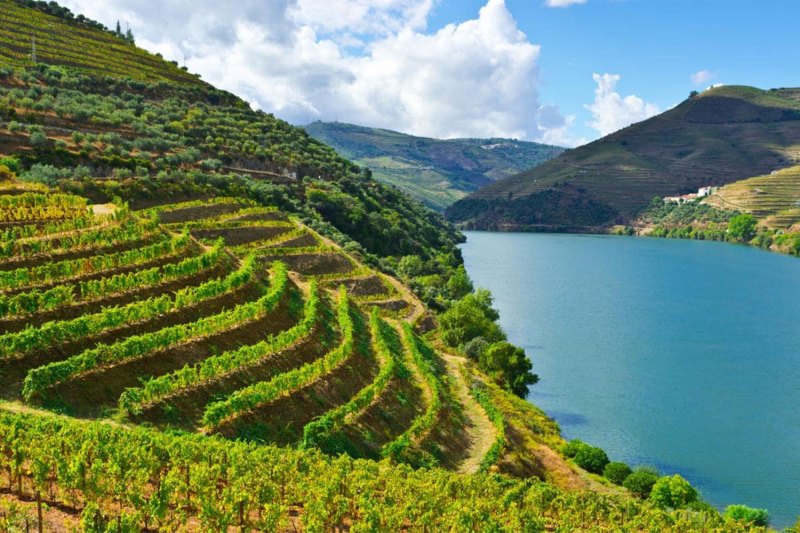
So it’s not exactly a ride-along river tour but the Portuguese region famous for Porto is stunning nonetheless, even from your computer. Sit back and explore the Douro River as it winds through the gorgeous Iberian Peninsula, stopping to take in historic wine houses like the urban Kopke and the bucolic Quinta da Roêda. If you spend a little time poking around along the river’s shore, you’ll see that a lot of the great views come from atop a train.
Bodegas Ysios
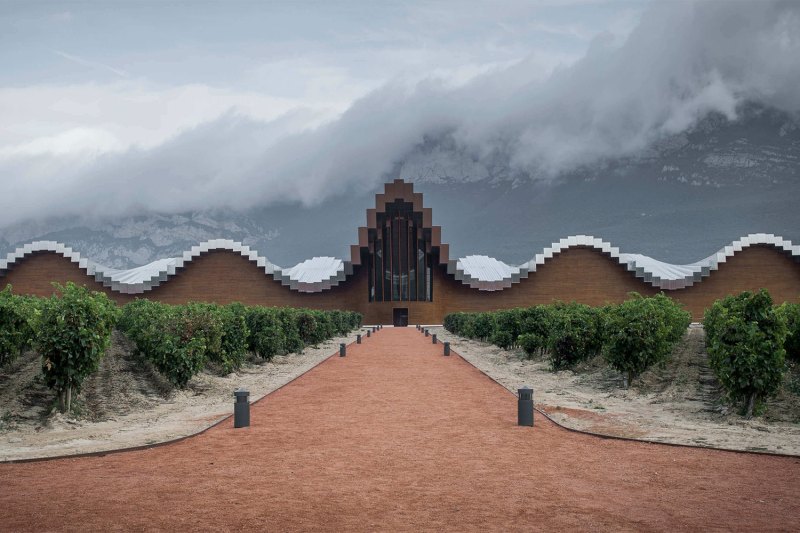
Widely considered one of the most breathtaking wineries on the planet, Bodegas Ysios is the toast of Spain. It’s nestled in the rugged foothills north of Laguardia, in the western part of the country. The architecture, with its geometric take on fluid shapes like waves, is absolutely jaw-dropping and matched only by the beautiful bluffs in the background. Staring from above is especially cool as the custom roof was constructed to mirror the surrounding landscape.
Bodega Salentein
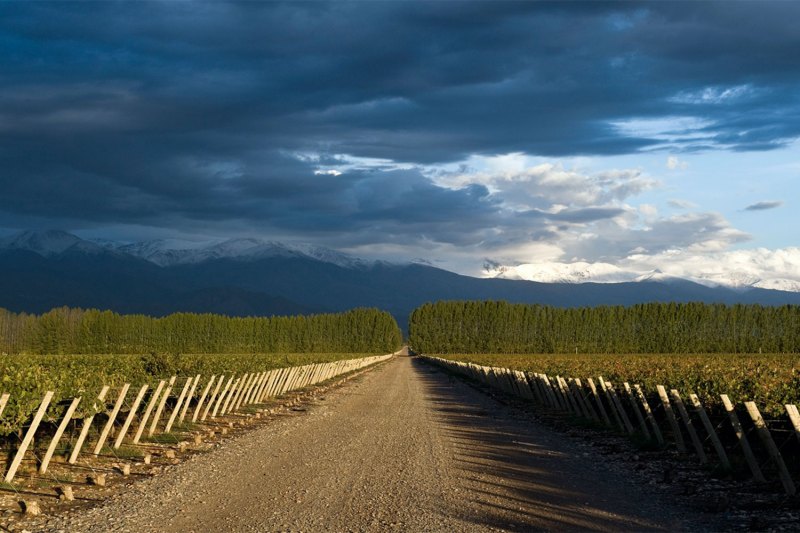
One of Argentina’s most impressive wineries is a delight to meander through. You can view the giant cellar, where neat stacks that are six barrels in height climb to the heavens or wander through the vines, taking in different perspectives of the winery and restaurant’s remarkable design. Throughout the grounds of Bodega Salentein, the distant mountain peaks keep watch over the picture-perfect Mendoza region.
Babylonstoren
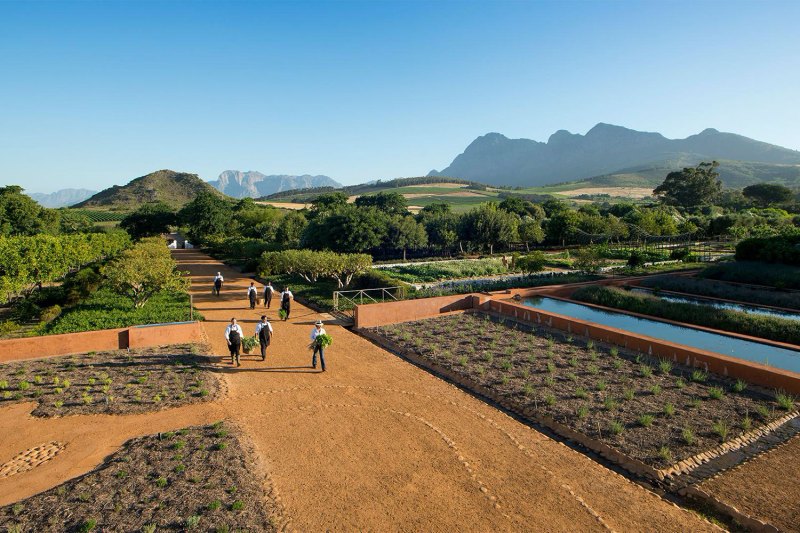
An old South African farm turned agriculture hotel and winery, Babylonstoren boasts tidy rows of all kinds of crops beside the dramatic terrain of Simonsberg. Tourists have dropped photographic pins in many of the estate’s nooks and crannies, making it easier to feel like you’re actually there.
Dundee Hills
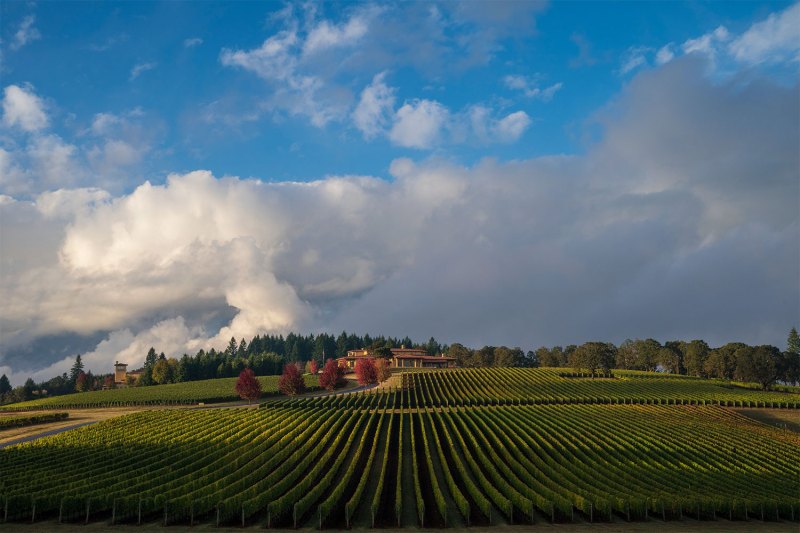
There’s hardly a bad view in one of the Willamette Valley’s most iconic sub-appellations. We recommend getting up to the highest points, like Durant Vineyards or Domaine Serene (where there’s a cool pic of the bottling line inside the cellar), for arresting views of estate vines and the Cascade and Coastal mountain ranges beyond. Better still, drop into nearby White Rose Estate for an impressive view of the valley floor within its lauded rows of Pinot Noir.
Tuscany
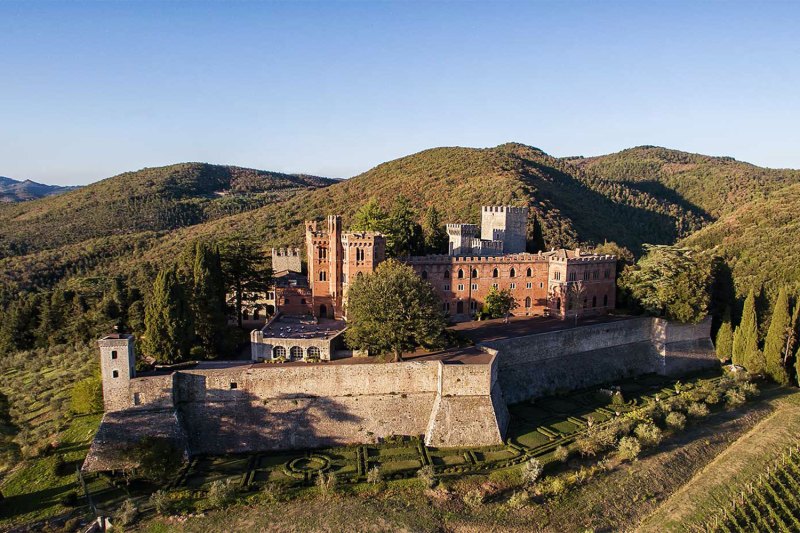
There are few places as dreamy as Tuscan wine country. Check out iconic estates like Barone Ricasole or Catella di Amo, pausing to breathe in the gorgeous landscape and fantastic old structures. Now that you can see the landscape, smell and taste it as well by cracking a decent bottle of Chianti. Glass in hand, check out charming Tuscan towns like Siena, pausing to window shop at specialty food shops like Dolce Siena, located next to the famous Piazza del Campo, home of the annual Palio di Siena.
The Loire

The Loire in France is filled to the brim with wine history. As a bonus, it’s also extremely easy on the eye. Gaze at the Loire River from revered estates such as Château de Chaumont, meandering through the property’s incredible architecture that is fit for royalty. Or, wander among the gnarly old vines at Domaine Sauvète, taking in the peaceful surroundings. It’s wonderful to float above the region, taking in its many castles and scenic vistas.


